Ukrainian firefighters battle huge fire at Odesa energy site after drone strike

© Emergency Service of Ukraine

© Emergency Service of Ukraine
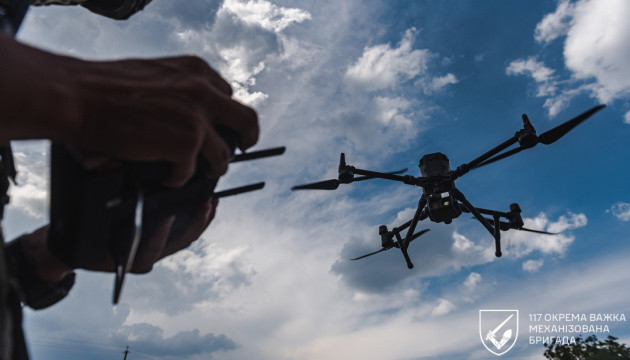

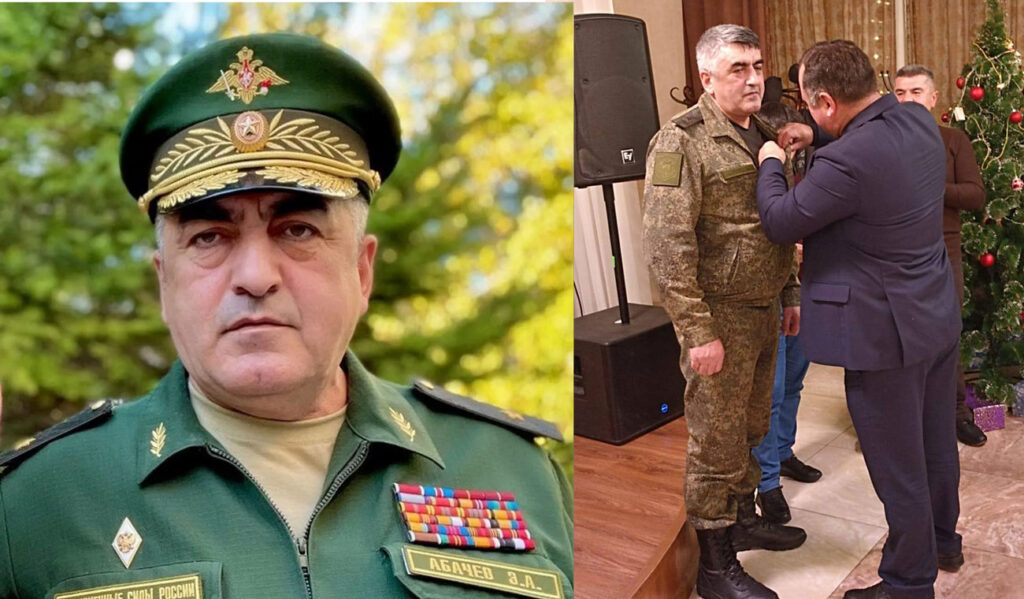
Ukrainian special operations forces conducted a targeted drone attack against a senior Russian military official, resulting in severe injuries that required amputation of the officer’s arm and leg.
A Ukrainian drone found its target on a dark highway in Russia’s Kursk Oblast near the border with Ukraine. The vehicle carried Lieutenant General Essedulla Abatchev, deputy commander of Russia’s “North” military group.
But who is Abatchev? Ukraine’s Security Service filed charges against him in 2022, documenting his role in combat operations across eastern Ukraine. He commanded forces in Sievierodonetsk, Lysychansk, Kreminna, and Rubizhne—all cities that saw intense fighting in Luhansk Oblast. His career also spans the Chechen wars, Georgia, Syria apart from Luhansk in Ukraine.
Russia’s response to those operations? They awarded Abatchev “Hero of Russia” and “Hero of the LNR” titles for war crimes.
The 17 August strike occurred five kilometers from Rylsk city, according to video footage released by Ukraine’s Special Operations Forces.
The UA_REG TEAM unit tracked Abatchev’s convoy on the Rylsk-Khomutovka highway before launching their attack.
Following the attack, Abatchev was evacuated by military transport aircraft to Moscow’s Vishnevsky Central Clinical Hospital, the Main Intelligence Directorate reported. Emergency amputation followed.
Ukrainian Defense Intelligence emphasized retribution for Russian war crimes, underscoring Ukraine’s capability to conduct precise, high-impact strikes deep into Russian territory
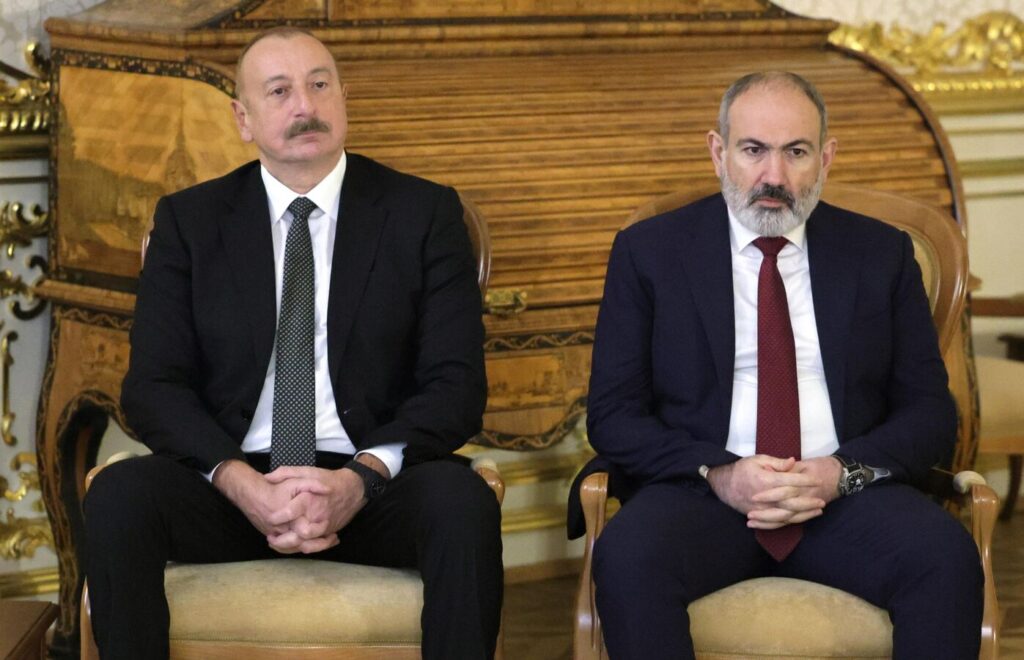
Today, the biggest news comes from the southern Russian flank. Russian forces were put on high alert because Armenia and Azerbaijan, enemies through decades of war, are now preparing to sign a peace deal that could transform their contested border into a joint lifeline for security. This sudden alignment is not born of friendship, but of the shared enemy that Russia has become.
Recently, the presidents of Azerbaijan and Armenia met in Washington, where they signed a preliminary agreement that could serve as the foundation for a final peace deal. The memorandum outlines:
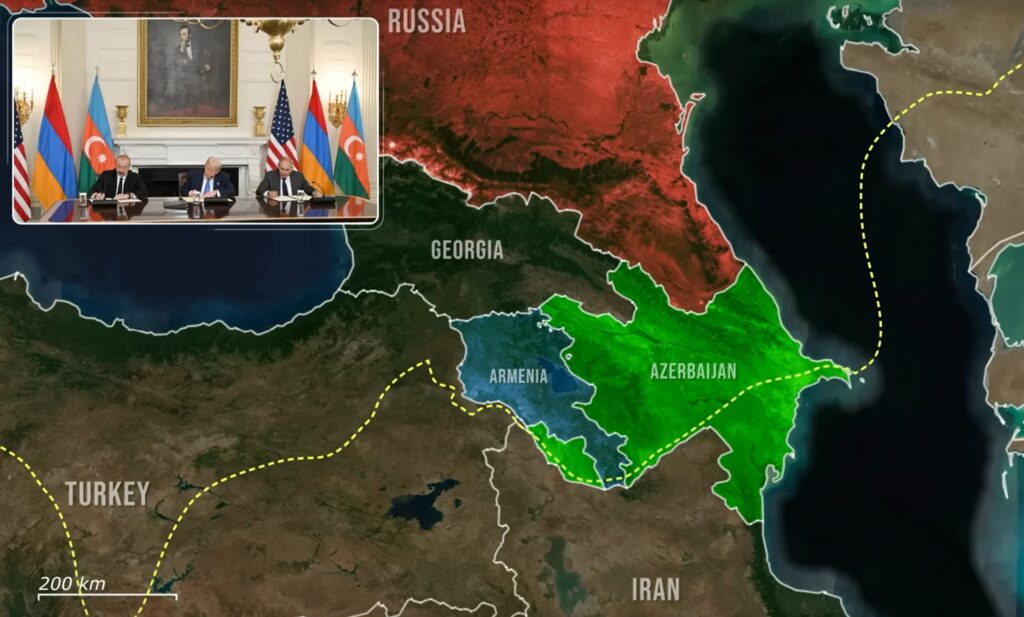
The Zangezur Corridor will remain under Armenian sovereignty but be operated by a US-led private military company. This arrangement oversees energy lines and road networks, combining infrastructure development with third-party security.
For both nations, this signals the most substantive break from decades of hostility since the Nagorno-Karabakh conflict began.
Armenia and Azerbaijan have fought bitterly since the collapse of the Soviet Union, with two wars and recurring clashes costing tens of thousands of lives.
This new peace deal effectively closes the chapter on the territorial dispute.
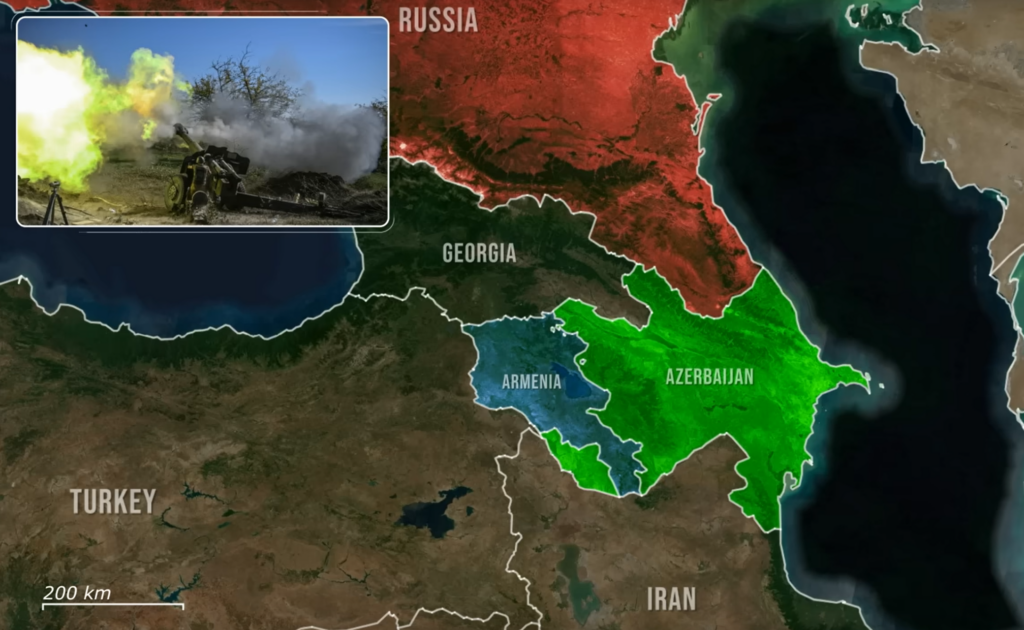
For Armenia, the agreement marks a dramatic shift away from failed Russian security guarantees. Once reliant on Moscow through the CSTO and Russian troops in Gyumri, Armenia watched Russia remain passive during conflicts in 2020 and 2023.
Armenia fears both a “Syrian scenario”, where foreign forces exploit Russia’s weakness, and a “Georgian scenario”, where Russian troops seize control. By anchoring a US-managed corridor, Armenia secures deterrence and Western economic interest.
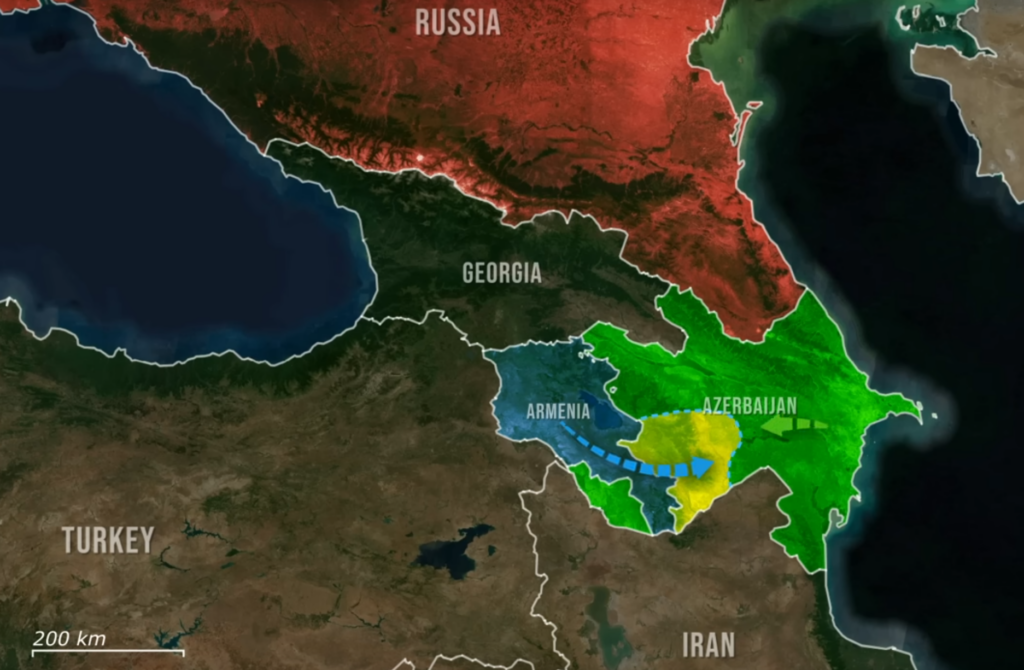
Azerbaijan also sees the deal as liberation from Moscow’s interference. Russian actions—such as the missile strike on its embassy in Kyiv and the downing of Azerbaijani aircraft—have deepened mistrust.
With the Zangezur Corridor under US oversight, Azerbaijan gains:
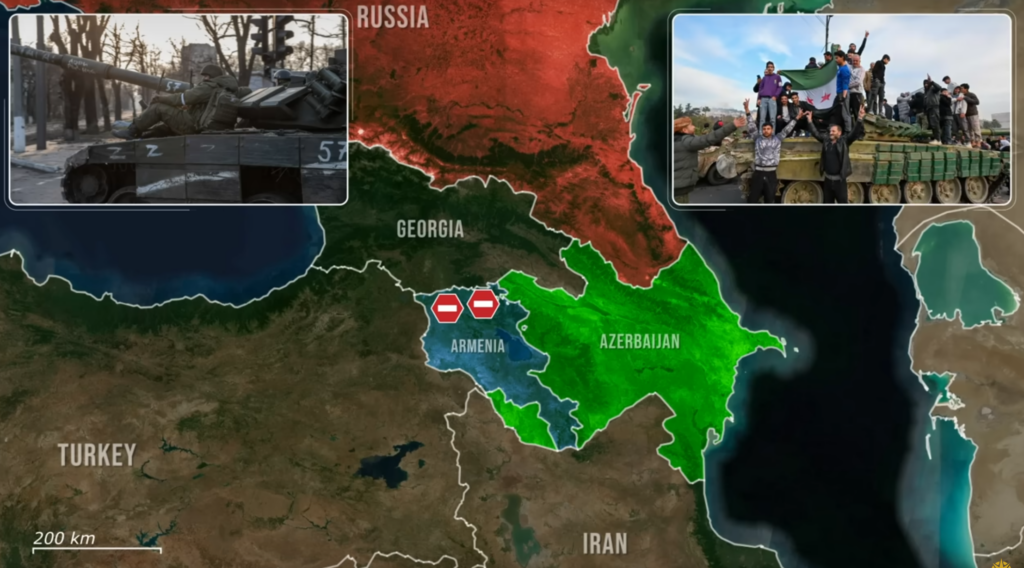
The private military company managing the corridor could serve as a peacekeeping mechanism, embedding economic and security guarantees.
Any disruption would harm both countries’ economies and Western interests, creating a mutual incentive for stability.
This is more than a symbolic handshake. The peace deal is a strategic realignment that:
If finalized, it could reshape the balance of power in the South Caucasus in ways Moscow can no longer afford to control.
In our regular frontline report, we pair up with the military blogger Reporting from Ukraine to keep you informed about what is happening on the battlefield in the Russo-Ukrainian war.
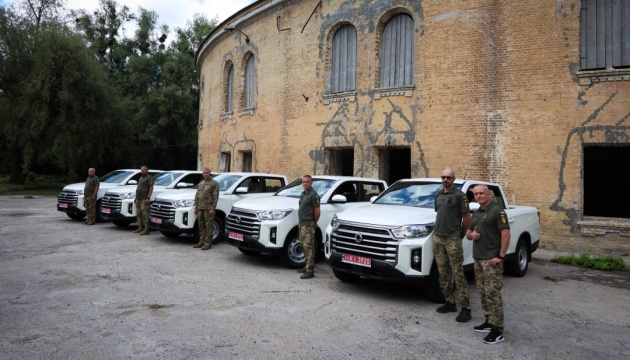

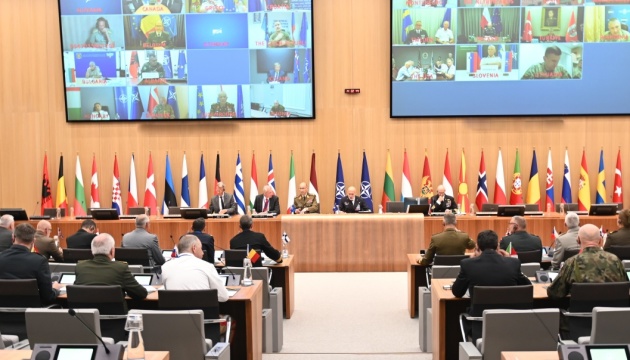
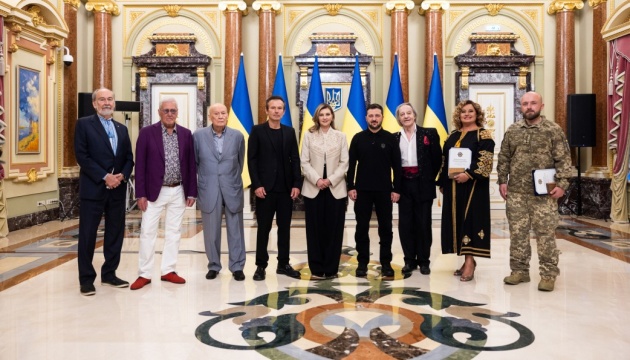
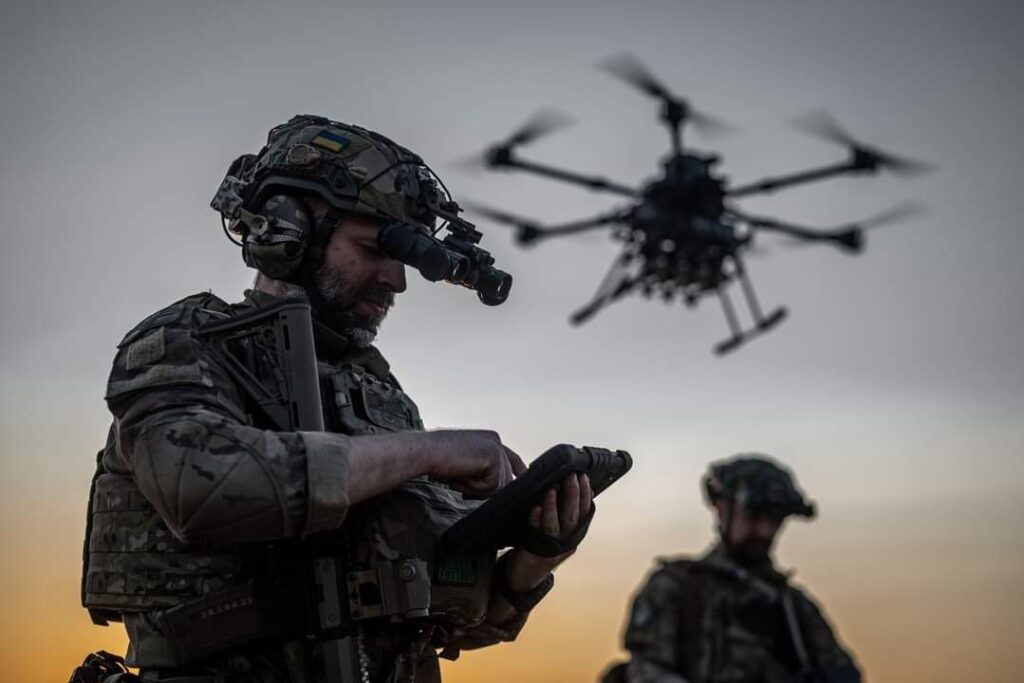
Drones may dominate the skies over Ukraine, but defense experts warn they cannot replace artillery, missiles, and tanks. As NATO plans for the future, some fear an overreliance on swarms of cheap drones could “play to Russia’s strengths” instead of deterring them.
Why build a $5 million tank when a $500 drone can destroy it? That question drives NATO’s debate — yet Ukraine’s experience shows the answer is complicated.
Kyiv’s dependence on drones reflects necessity, not strategy. With artillery shells and missiles in short supply, Ukraine turned to unmanned aerial systems to fill the gaps left by slow or limited weapons deliveries from allies.
“This attrition from drones has been occurring in the context of a Russian force that is still constrained by minefields and forced to disperse by Ukrainian artillery,” wrote Justin Bronk of the Royal United Services Institute in Defense News.
President Volodymyr Zelenskyy has acknowledged that about 40% of Ukraine’s frontline weapons now come from domestic production, but commanders continue to clamor for Western systems such as HIMARS, ATACMS, guided shells — and, increasingly, glide bombs — to blunt Russian offensives.
On the battlefield, drones paralyze movement and inflict steady attrition. Yet most are destroyed before impact.
“Only a small fraction of the huge volumes of drones launched by Ukrainian forces reach their targets, and a still smaller proportion achieve decisive damage,” Bronk noted.
Russia has invested in jammers, nets, and armored cages, making its counter-drone defenses among “the most formidable in the world.” Despite constant innovation, Ukraine has struggled to turn drone use into strategic momentum.
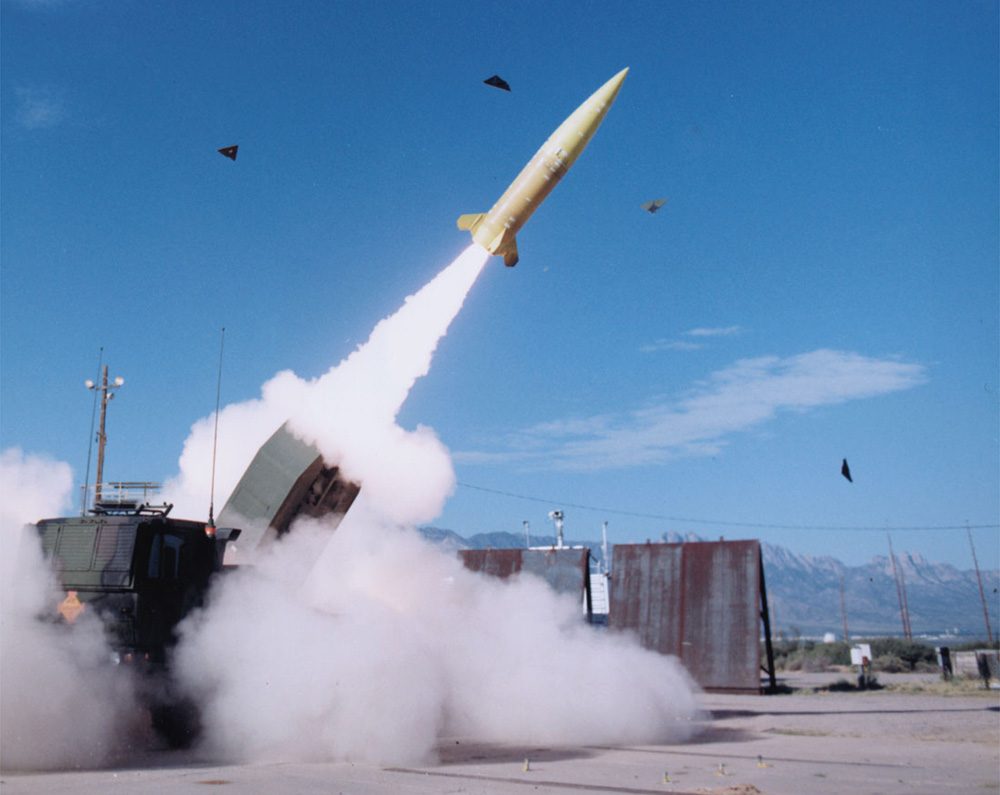
Even as drones proliferate, Ukrainian units continue to prize artillery and missiles.
“High-end ATGMs, anti-tank BONUS artillery rounds and regular artillery are far more responsive and more reliably able to knock out vehicles and suppress massing infantry than FPV drones,” Bronk wrote.
This explains why Kyiv’s most urgent requests to allies remain long-range fires, not drones.
For NATO, the lesson is clear: drones should augment, not replace, legacy weapons. Bronk points to glide bombs such as JDAMs, which cost around $25,000 — far cheaper than a $1 million ATACMS missile — and can destroy bunkers, command posts, and armored vehicles.
Michael Kofman of the Carnegie Endowment reinforced the point: “Those are the advantages that are likely to prove much more significant than being second- or third-mover in the drone fight.”

Drones have changed warfare, but they work best when paired with artillery, missiles, and airpower. As Bronk concluded:
“It is far technically and tactically easier to counter a force that primarily relies on massed, cheap drones … than it is to counter well-employed airpower, long-range fires, armor, artillery and mortars within a professional joint force.”
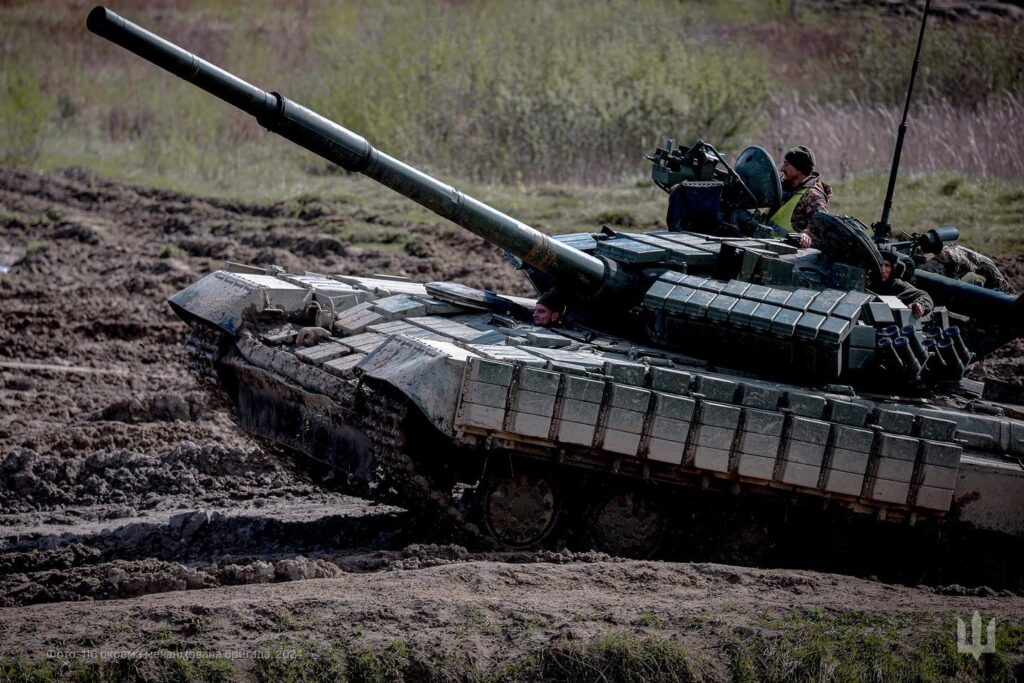
Russian infantry slipped past Ukrainian defenses around the city of Kupiansk, in Kharkiv Oblast, on or before Tuesday. A Ukrainian tank, presumably from the 116th Mechanized Brigade, rolled right up to the half-demolished building the Russians were sheltering in—and blasted them at point-blank range.
It’s the latest instance of Ukrainian tanks engaging, and defeating, under-supported Russian infantry in a close fight. But it’s an ominous development for Ukraine. The brutal, zero-distance skirmish took place in Kupiansk, a town with a pre-war population of 25,000 and a key strongpoint anchoring Ukrainian defenses just 90 km east of Kharkiv and its millions of residents.
Russian infantry weren’t supposed to appear inside Kupiansk, some 6 km from what most mappers consider the “front line” in Kharkiv Oblast.
The problem, of course, is that the front isn’t really a line anymore. “The reality is that there isn’t a coherent front line,” American analyst Andrew Perpetua explained.
Instead, there’s a wide no-man’s land between areas of clear Russian and Ukrainian control. That no-man’s-land is largely depopulated except for scattered—and carefully concealed—underground fighting positions for a few harried infantry.
Drones are everywhere all the time. Indeed, the drones—their relentless surveillance and attacks—are why the infantry are so spread out and scared. And why the front line is so indistinct.
This new reality defies the traditional language of wartime reporting. Terms like “front line,” “encirclement” and “breakthrough” have largely lost their meaning. Especially considering Ukraine’s desperate manpower shortage. Kyiv’s roughly 130 combat brigades may be short around 100,000 trained infantry.
“The front line is so thinned out that full-scale encirclements in the traditional sense are unlikely to occur again,” the pro-Ukraine Conflict Intelligence Team observed. “Instead, the opposing forces are more likely to ‘slip’ through each other’s positions.”
“The front line is actually relatively porous, and there are often fewer than 10 soldiers defending every kilometer of the front, depending on the terrain,” noted analyst Rob Lee from the Foreign Policy Research Institute in Philadelphia. “Many Ukrainian brigades have adopted a different approach to defense where their infantry deliberately try to avoid engaging.”
Instead of actively fighting, the infantry watch for approaching Russians—and relay the coordinates to nearby drone teams. Where in previous conflicts, drones spotted targets for the infantry, in this conflict the roles are reversed.
The porous front line makes infiltration easier and exploitation harder. To “advance,” Russian regiments can “take two men dressed in cloaks to hide their thermal signature,” Perpetua explained. “They are led by a drone through a specified path, the drone ensuring their security and camouflage.”
“These infantry move up into positions and lie in wait, being resupplied by Molniya [drones],” Perpetua added. “They ambush opportunistically, and kill anyone—namely civilians—who threaten to give away their position.”
“Russia then moves up another pair and another pair and another pair to accumulate forces in exacting, specified positions,” Perpetua wrote. “The entire operation is directed from above, the people involved have no initiative. In some cases, once a route has enough of these small rifle teams, they push forward a larger group of light infantry.”
That Ukrainian tank may have interrupted the Russians in Kupiansk before they could accumulate enough troops secure a lodgement. “Ukrainian defense forces defending in the city have counterattacked the enemy that had penetrated the area several times and pushed the enemy back,” the Ukrainian Center for Defense Strategies reported.
But the Russians have been probing Kupiansk for a while now—and they’re sure to continue as they leverage their manpower advantage over Ukraine’s depleted brigades. “Provided current dynamics of combat operations are maintained, the enemy will be able to capture Pokrovsk by autumn, Kostyantynivka and Kupiansk by the end of the year,” CDS predicted.
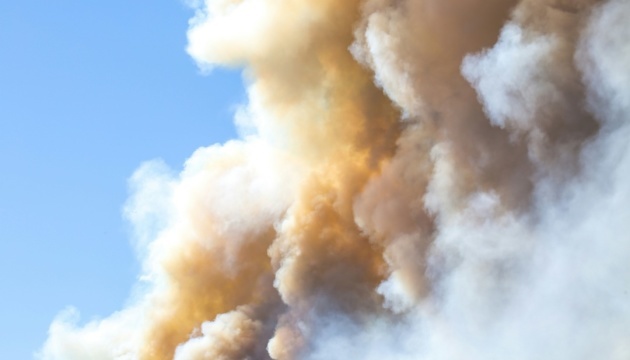

Ukraine’s former Commander-in-Chief, now Ambassador to the UK, Valerii Zaluzhnyi, is reportedly positioning for a future presidential bid. American journalist Katie Livingstone claims he has already set up a campaign headquarters in London and begun recruiting a political team.
Speculation about elections is highly sensitive in Ukraine. National voting can only take place once the war ends, and any suggestion of campaigning carries the implication that a post-war transition is on the horizon. At the same time, President Volodymyr Zelenskyy is widely seen as determined to hold on to power, making rumors of a challenge from Zaluzhnyi especially explosive.
Livingstone, a Pulitzer-nominated freelance reporter based in Kyiv, named several figures tied to the supposed effort:
The ambassador’s advisers have rejected the claims outright. Oksana Torop told NV:
“I only assist Valerii Zaluzhnyi in media contacts. Nothing more.”
She stressed:
“As long as the war continues, we must preserve the country — not think about elections. Therefore, no campaign headquarters exists.”
Other figures mentioned in Livingstone’s report, including Syumar and NABU, also denied any involvement.

Zaluzhnyi remains one of Ukraine’s most trusted public figures, often polling ahead of Zelenskyy. Yet his move abroad has sparked criticism. Many note that he accepted the ambassadorial post in London as soon as it was offered, a privilege not available to most Ukrainian men, who remain barred from leaving the country during wartime.
For some, this fuels skepticism about his motives—even as others see it as a strategic step by a capable leader preparing for a political future.
Denials aside, Zaluzhnyi’s reputation as a respected military leader and his broad public support keep him in the spotlight. Whether he is actively preparing a campaign or not, he is widely viewed as Zelenskyy’s most serious rival in any post-war election.

Poland accuses Moscow of provocation as suspected drone lands in field

© Reuters
Trump’s signature domestic policy bill includes nearly $5 billion for maritime autonomous systems

© via REUTERS
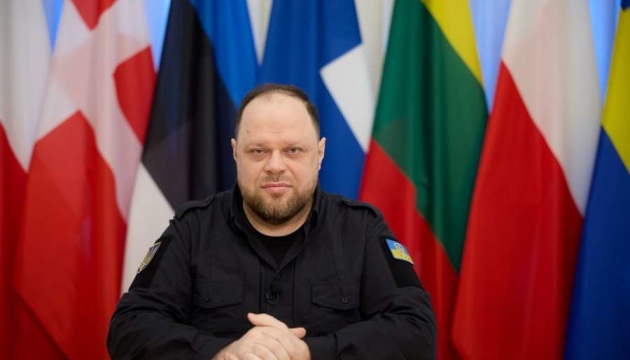
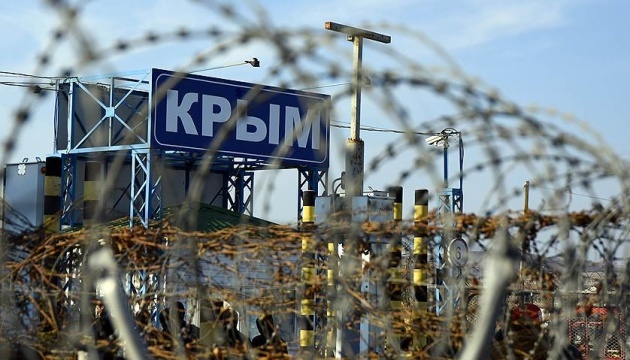
An overnight Russian drone strike caused a huge fire at an energy facility in Odesa, Ukraine on Wednesday (20 August), Volodymyr Zelensky said.

© State Emergency Service of Ukraine
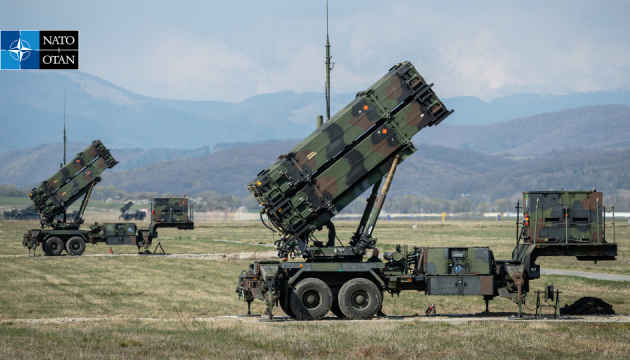
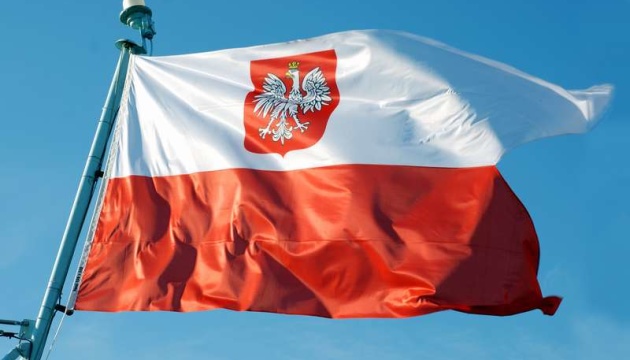
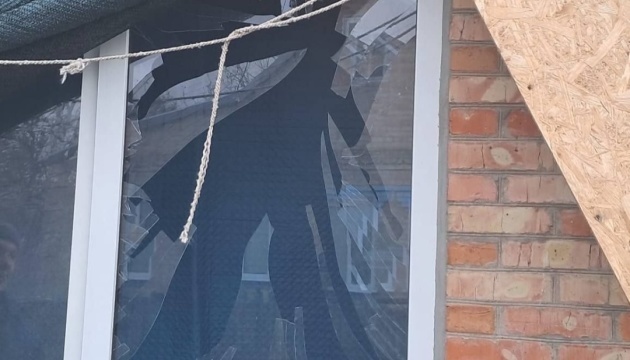
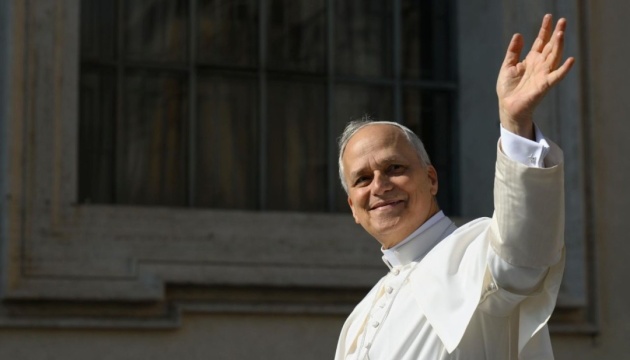
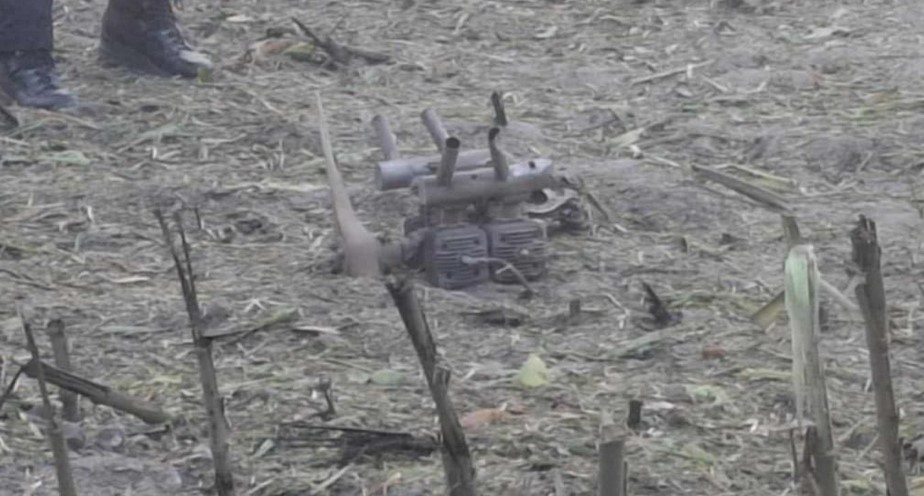
Polish prosecutors reported that a military drone of unknown origin likely exploded overnight in a cornfield near the village of Osiny in Lublin Voivodeship, about 100 km from Ukraine, 90 km from Belarus, and just 40 km from Warsaw. The blast, shortly after 2 a.m. local time, shattered windows in nearby houses and scorched an 8–10 meter patch of farmland, but caused no casualties.
The incident comes amid a pattern of Poland scrambling fighter jets almost every time Russia launches major strikes on Ukraine. These flights are intended as a precaution, though they have never resulted in interceptions, since NATO aircraft only act if an object directly threatens alliance territory.
Osiny, lubelszczyzna, ok. 100 km od granicy z Ukrainą. Policja odnalazła nadpalone, metalowe i plastikowe szczątki. https://t.co/tdwN6vQ0cq pic.twitter.com/zz3D7Wmi2V
— 1 Star (@PawelSokala) August 20, 2025
At the site, authorities recovered burned fragments of metal, plastic, and a drone engine. Journalists from both Ukraine and Poland noted these parts resemble those used in Russian Shahed kamikaze drones.
Defense Express highlighted that investigators found a four-stroke MD550 engine, typical of Shahed drones, though with an unusual muffler—raising questions about whether the drone malfunctioned or lost its way.
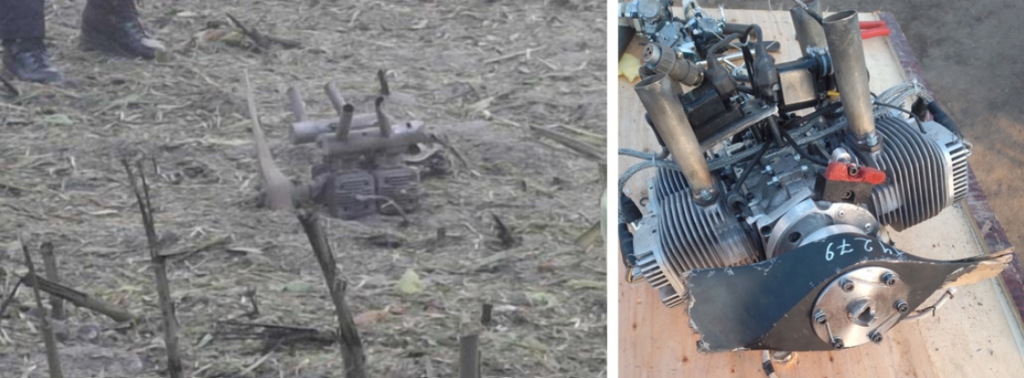
Initially, Poland’s Armed Forces stated there were no violations of its airspace from Ukraine or Belarus that night. Later, Lublin prosecutor Grzegorz Trusiewicz said:
“The nature of the explosion shows this object was most likely a military drone. Its trajectory and origin remain undetermined.”
The explosion coincided with air raid alerts in Ukraine’s Lviv and Volyn Oblasts. Russia had launched a barrage of drones—estimated at more than 90 Shahed drones—and two Iskander-M ballistic missiles.
In May 2023, a Russian Kh-55 cruise missile carrying a dummy nuclear warhead crashed near Bydgoszcz, 450 km from the Ukrainian border. Initially, officials denied any airspace violation, only later confirming the breach — sparking a domestic scandal.
Similar incidents have also occurred in Romania, Lithuania, Latvia, and Moldova, where Russian drones and missiles have landed since the start of the full-scale invasion. Ukraine has repeatedly warned that such events highlight how Moscow’s air campaign against it also endangers NATO members.
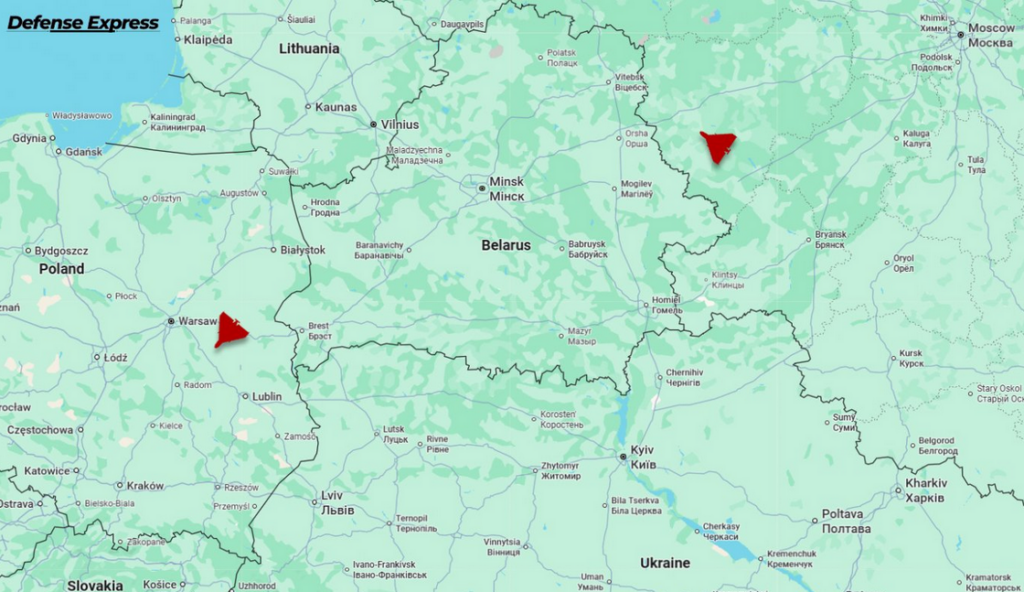
By midday, Deputy Prime Minister and Defense Minister Władysław Kosiniak‑Kamysz stated the drone was believed linked to Russia.
“Once again, we are dealing with a provocation by Russia. We are dealing with it in a crucial moment, when discussions about peace (in Ukraine) are underway,” he said.
General Dariusz Malinowski added that intelligence pointed to a Russian origin, though the precise intent—malfunction or deliberate incursion—was still uncertain.
Poland’s Foreign Ministry announced it will send a formal protest note to Russia and brief NATO allies. Spokesperson Paweł Wroński stressed:
“We will inform our allies about this incident. Poland’s airspace is endangered by this war, and this proves NATO states are at risk.”
Foreign Minister Radosław Sikorski condemned the event as “another violation of our airspace”, emphasizing that Poland’s foremost NATO mission remains the defense of its territory.
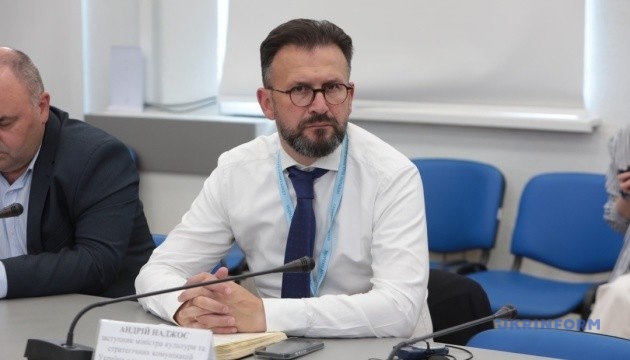


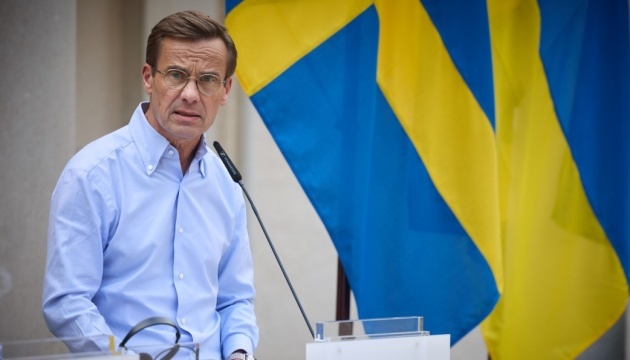



© Belarusian Presidential Press Service
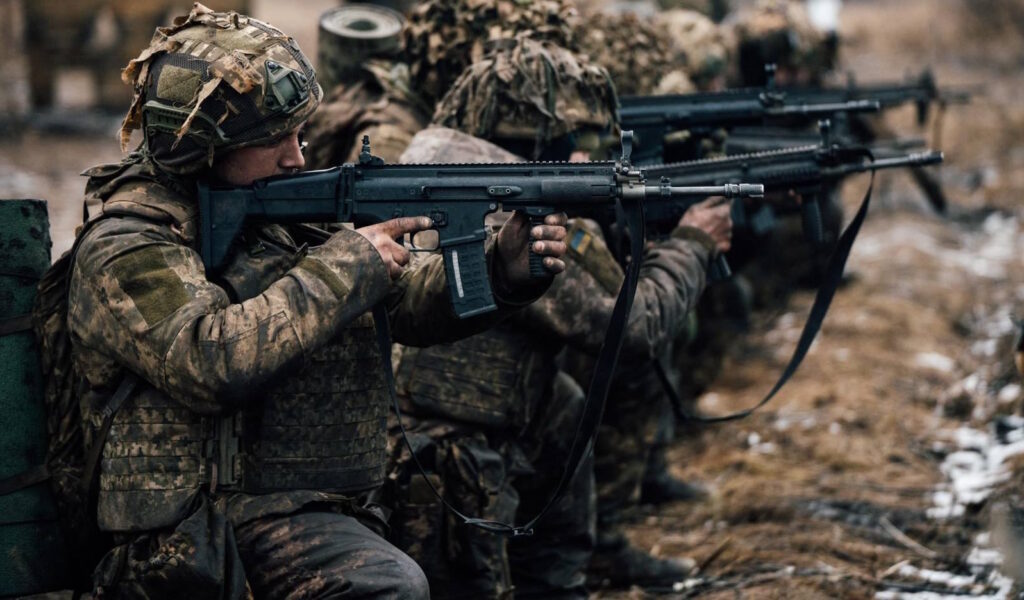
European officials are actively discussing plans to send British and French military personnel to Ukraine as part of security guarantees following any cessation of hostilities, with approximately 10 countries expressing readiness to participate in the initiative.
Bloomberg reports the security package could take shape this week, as officials rush to finalize details before a potential Putin-Zelenskyy meeting initiated by Trump.
But will America participate? President Trump ruled out US boots on the ground, but offered something else – logistics and air support. Not soldiers.
“We’re willing to help them with things, especially — probably you could talk about by air, because there’s nobody that has the kind of stuff we have,” he told Fox News.
Here’s how the European plan would work.
First stage: European troops stationed away from combat zones, focusing on training Ukrainian forces and providing reinforcements. Think military advisors with real backup, not symbolic presence.
Second stage: American intelligence sharing, border surveillance, weapons, and potentially air defense systems. Europe expects the US to keep providing military hardware through European partners, even without direct American deployment.
Italian Prime Minister Giorgia Meloni also proposed a NATO-like security guarantee—strong allied commitments without actual NATO membership. White House meeting on 18 August gave Trump’s backing for the approach.
Here’s the catch: several European officials remain skeptical about whether any guarantees will actually deter Putin or lead to lasting peace. The plan assumes Russia wants to end the war. That assumption hasn’t been tested.
While European leaders publicly support Trump’s efforts to hold talks with Russia and push for peace in Ukraine, they expect the talks to fail and expose Putin’s true intentions of not willing to end the killings.

Today, the biggest news comes from Belarus. President Alexander Lukashenko has openly warned his population to prepare for war, with new brigades being mobilized on the border and the groundwork being laid for rapid mobilization.
In his television address, Lukashenko told Belarusians to prepare for war and difficult times ahead, pushing through legal amendments that would allow martial law and authorize full-scale mobilization far more easily.
Concrete moves on the ground are matching this warning. Belarus is forming a new full special operations brigade in Homel, within striking distance of Ukraine’s northern flank.
The brigade is set to receive Russia’s new Oreshnik ballistic missiles alongside advanced air defense and reconnaissance systems, supplementing existing Iskander launchers. This gives Belarus long-range and even nuclear strike capabilities.

If Belarus enters the conflict, two main scenarios are in play:
Northern Ukraine’s forested terrain would favor Belarusian special forces, making the new brigade a looming warning sign.

The second daring scenario is an operation toward the Suwalki Gap, the narrow stretch of land between Belarus and Russia’s Kaliningrad exclave.
Capturing or threatening this corridor would connect Russian and Belarusian forces, splitting NATO’s eastern flank in two.
Notably, a Russian reconnaissance drone recently violated Lithuanian airspace over Vilnius before crashing in a Lithuanian army training ground—suggesting surveillance of NATO infrastructure.
These potential escalations coincide with the upcoming Zapad 2025 drills between Russia and Belarus, scheduled for September.
Previous Zapad exercises were used to disguise preparations for real operations—most notably in 2021, which set the stage for Russia’s full-scale invasion of Ukraine one month later. Reports already show troop redeployments to training areas that could double as staging grounds.

The West is taking notice. Germany has redeployed Eurofighter jets to Poland, stationing them east of Warsaw to reinforce NATO’s air policing mission.
Officials emphasize this is a defensive move in direct response to the Zapad drills, meant to strengthen deterrence without escalating to full-scale deployment.

Overall, Belarus’s preparations mark the most serious escalation on Ukraine’s northern border in over two years.
With Lukashenko’s rhetoric, new nuclear-capable systems, and sweeping legal changes, Minsk is setting the stage for open participation in the war. Whether aiming to cut Ukraine’s western lifelines or challenge NATO directly, the attack could come suddenly and with the element of surprise.
In our regular frontline report, we pair up with the military blogger Reporting from Ukraine to keep you informed about what is happening on the battlefield in the Russo-Ukrainian war.
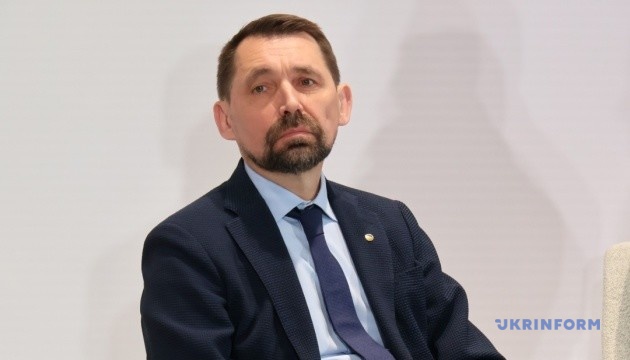
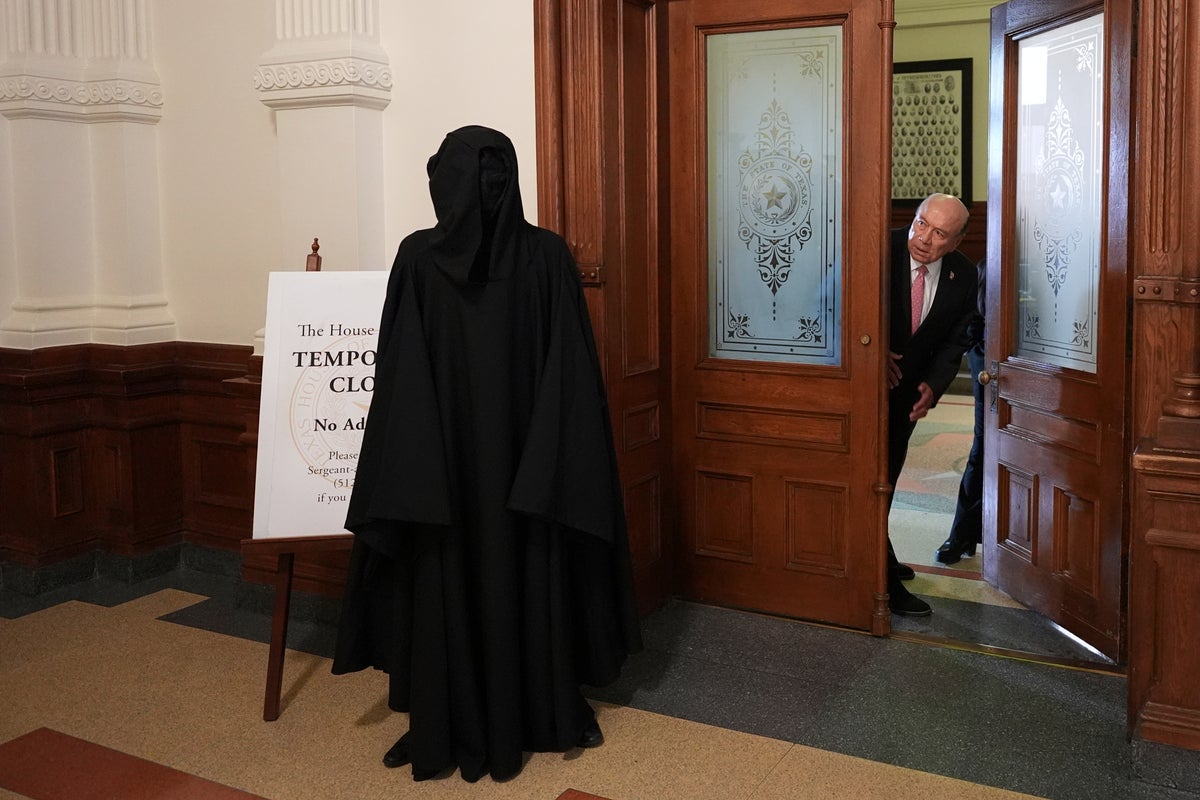
© Copyright 2025 The Associated Press. All rights reserved
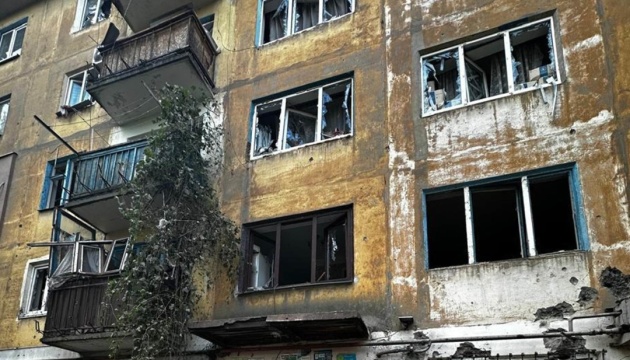
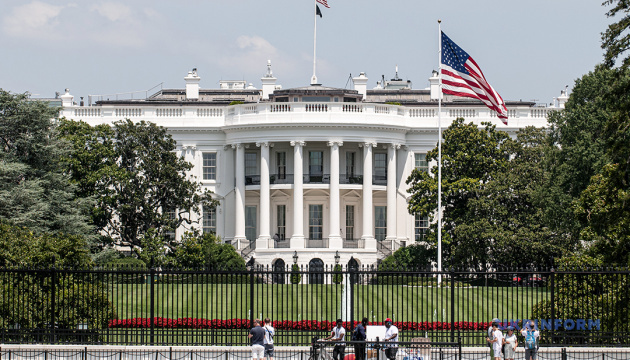

© Copyright 2025 The Associated Press. All rights reserved

Ukraine’s hryvnia will remain stable around 43.5 per dollar through 2025, Dragon Capital chief economist Olena Bilan said on the “What’s Up with Economy?” podcast this week.
The forecast from Ukraine’s largest investment firm comes as the National Bank actively defends the currency despite ongoing war pressures and mounting labor shortages.
“The National Bank has more room to maneuver and more opportunities to keep the exchange rate more or less stable,” Bilan said. “So it is possible that we will not see any significant shifts by the end of the year.”
According to the Ukrainian Institute for the Future, the central bank sold $3.4 billion in July to support the hryvnia while international reserves fell from $45.1 billion to $43.0 billion. Recent policy moves include expanding the types of government bonds banks can use for reserves and encouraging domestic financing without money printing.
“We are trying to guess what the Central Bank will do, because the currency market remains under its control,” Bilan explained.
“The main goal of all NBU actions is to bring inflation back to target and keep it there.”
However, Ukraine faces a growing challenge due to its shrinking workforce. “Since 2023, there has been a significant shortage of personnel on the labor market, especially skilled workers, which is pushing wages up,” Bilan warned. Continued mobilization keeps draining workers from the economy, creating wage pressures that threaten price stability.
Economic data shows this tension. Inflation was 14.1% in July with consumer prices falling 0.2% month-on-month, but the NBU raised its 2025 inflation forecast from 8.7% to 9.7% while cutting GDP growth projections from 3.1% to 2.1%.
Dragon Capital’s 43.5 forecast strengthened from earlier projections of 44, reflecting confidence in monetary policy management.
For Western donors, currency stability demonstrates that aid reaches a functioning economy rather than disappearing into monetary chaos.
The bigger question is whether Ukraine can maintain this balance between mobilization needs and economic stability as the war continues. Bilan’s cautious optimism suggests 2025 will test both the central bank’s tools and the economy’s resilience.
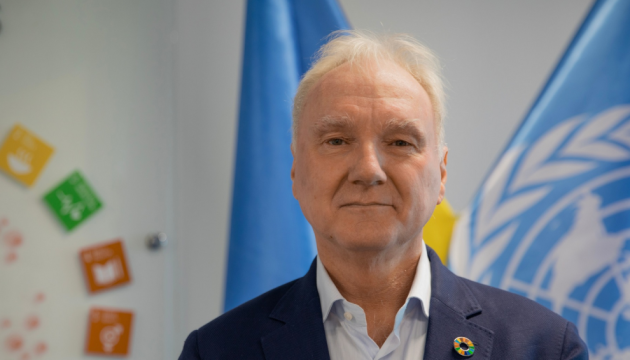

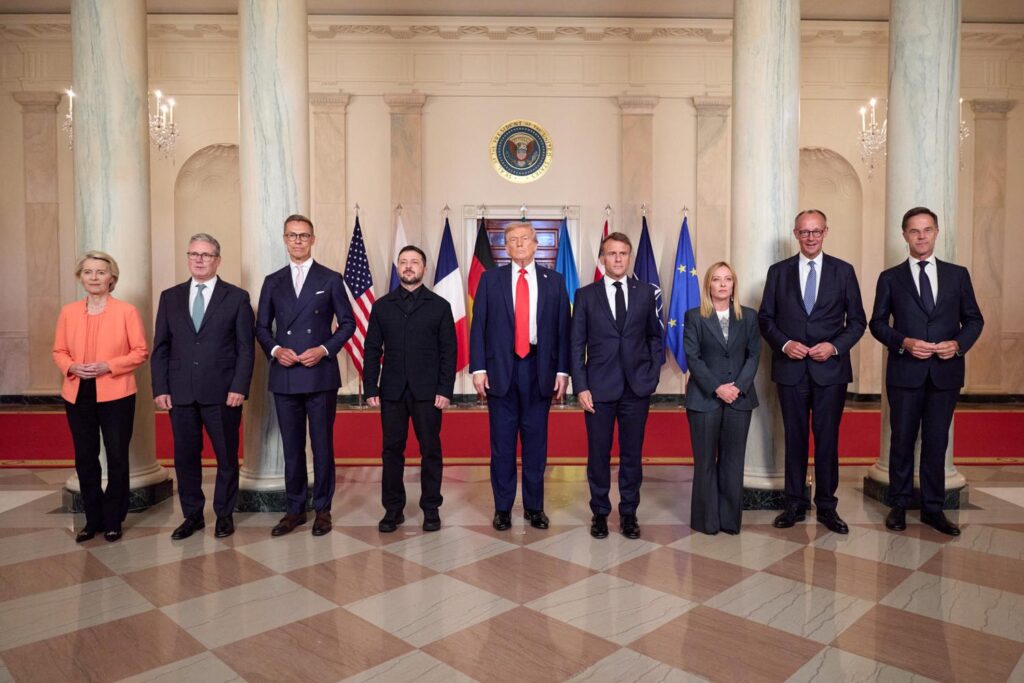
Why are European leaders backing Trump’s peace negotiations they think will likely prove unsuccessful?
They want Putin’s unwillingness to genuinely end the Ukraine war exposed.
Five diplomats familiar with the discussions revealed to Politico a calculated approach: praise Trump publicly while privately preparing for the talks to reveal Putin’s true intentions.
“It’s clear that if we end up in a situation where Putin proves he doesn’t want to end the war, that will force Trump to act,” one diplomat explained.
The goal? Stronger sanctions when negotiations inevitably stall.
Emmanuel Macron has become the most vocal skeptic. The same leader who once tried preventing war through diplomatic outreach to Putin now calls the Russian president’s bluff directly.
“Do I think that President Putin wants peace? The answer is no. If you want my deepest belief: No. Do I think that President Trump wants peace? Yes,” Macron said before heading to Washington. “I don’t think that President Putin wants peace. I think he wants the capitulation of Ukraine. That’s what he has proposed.”
A second diplomat confirmed to Politico that allies support the American initiative “not because they necessarily thought it would work but because it will be a clear test of Russian intentions.”
A third diplomat emphasized that security guarantees being developed would help Ukraine “negotiate from a position of strength.”
Meanwhile, Putin’s negotiating demands include:
Ukraine must abandon its plans to join NATO and adopt a neutral status.
Lifting or easing of some Western sanctions against Russia, including addressing frozen Russian assets in the West.
Recognition of Russian sovereignty over Crimea, annexed in 2014.
Ukraine’s withdrawal from Donetsk, Luhansk oblasts, Kherson, and Zaporizhzhia oblasts.
Protection and official status for the Russian language in Ukraine.
Guarantees for the Russian Orthodox Church Moscow Patriarchate in Ukraine.
Disarmament of Ukraine, including establishing limits on personnel, weapons, and armed forces.
Holding new elections in Ukraine under martial law lifted after initial troop withdrawals.
Sanctions pressure. European sources point to Washington’s tariffs against India over Russian oil purchases as the turning point. Putin agreed to engage with Trump only after feeling economic squeeze.
The next target? China’s trade with Russia.
But here’s the catch: European officials see current talks as preparation for that pressure campaign, not genuine peace prospects.
One diplomat put it bluntly: “Everyone is going through the motions. But we don’t know what Putin’s end game is. What will motivate Putin to give any concessions? I don’t know.”
Hungary emerges as one possibility for a Putin-Zelenskyy meeting. Macron proposed Geneva as neutral ground. But venue selection assumes the talks will occur. Growing Russian evasiveness suggests otherwise.
Russian Foreign Minister Sergey Lavrov says Moscow won’t reject talks but insists on preparation “step by step, gradually, starting from the expert level.” Putin suggested hosting a summit in Russia.
Europeans adjusted their red lines to work with Trump, softening demands for Russian ceasefire commitments before negotiations.
“There was some hope Trump could change his mind back on the ceasefire issue. That didn’t happen,” a fifth diplomat said, expressing concern over the difference in positions. “But overall it was still a good step towards peace.”
But they’re betting on a bigger prize: Trump’s recognition of Putin’s bad faith.
The American president already shows signs of skepticism.
“We’re going to find out about President Putin in the next couple of weeks,” Trump told Fox News. “It’s possible that he doesn’t want to make a deal.”
That admission gives Europeans what they want: justification for the sanctions escalation they’ve planned all along.
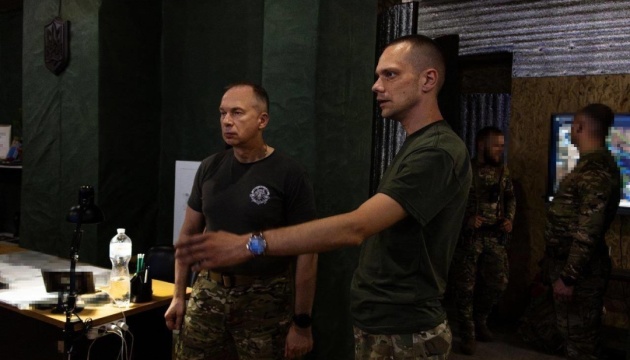

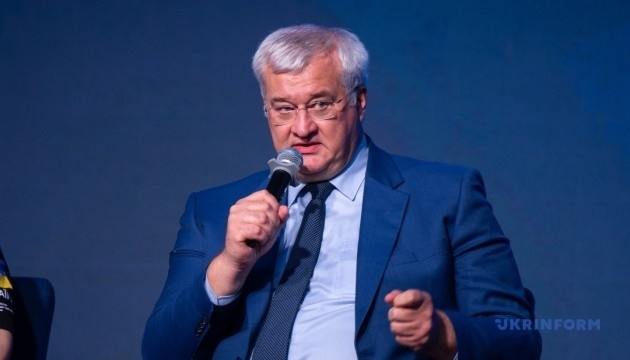

Keir Starmer’s commitment to deploy British peacekeepers to Ukraine has raised questions over whether the UK is ready for conflict, Alicja Hagopian writes

© Getty/PA
Republican insists sanctions could become necessary to punish Kremlin leader for snubbing diplomatic discussions on ending Ukraine war

© Getty

Ukraine’s military intelligence revealed that Russia is actively using an unnamed new drone with cellular communication and remote control capabilities.
The drone functions as a reconnaissance platform, a strike weapon, or a decoy designed to overwhelm Ukrainian air defenses with false targets, according to The Main Intelligence Directorate of Ukraine’s Ministry of Defense.
It can transmit live video through cellular towers and receive remote steering commands via LTE networks.
In strike mode, operators can guide the drone directly onto targets using first-person-view principles—essentially turning it into a manually controlled kamikaze weapon with a human pilot watching through the drone’s camera.
Ukrainian analysts describe a delta-wing design similar to the infamous Iranian-designed Shahed-131, though smaller. The resemblance isn’t coincidental because both use the same basic aerodynamic concept that’s proven effective for Russia’s drone swarm tactics.
A jam-resistant satellite positioning system uses four patch antennas paired with Chinese-made Allystar modules. This suggests Russia has specifically designed the drone to operate in electronic warfare environments where standard GPS might be blocked or spoofed.
A DLE engine mounted in the nose section makes the aircraft “most similar to the ‘Italmas’ loitering munition produced by the Russian Zala Group,” intelligence officers noted. But kamikaze drones put them up front since the whole aircraft is meant to crash into targets. This design choice signals the drone can switch between spying and suicide missions as needed.
Where do the parts come from? Nearly half the components trace back to Chinese manufacturers, according to the intelligence assessment. The shopping list includes communication modules, a minicomputer, power regulators, and quartz oscillators—all sourced from China’s commercial electronics industry.
Ukrainian intelligence published a detailed 3D model and component breakdown on the War&Sanctions portal, part of their ongoing effort to document and analyze Russian weapons systems. The technical dissection provides insight into how Russia continues adapting commercial technology for military purposes despite international sanctions.
The emergence of this drone variant highlights Russia’s evolving approach to unmanned warfare—combining proven airframe designs with commercially available communication technology to create more flexible and resilient weapons systems.